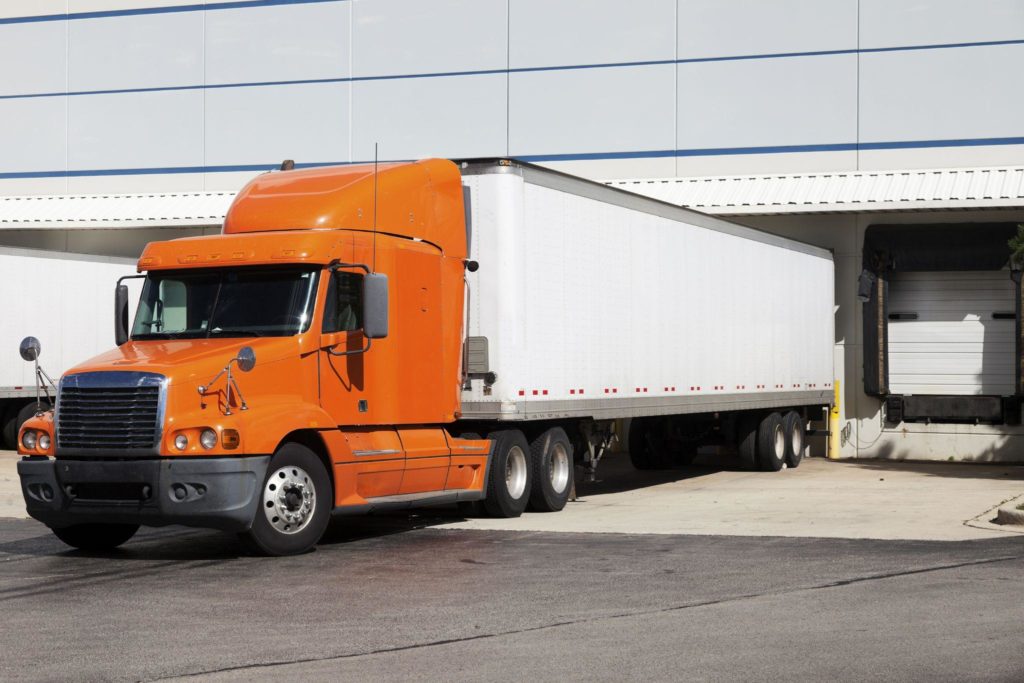Live-Load vs. Drop-And-Hook Trucking: Which Is Best?

Live-Load and Drop-and-Hook are the two basic truck-loading methods utilized within the trucking industry as it relates to cargo delivery. How loads are facilitated—which can include the time when drivers are not being paid while they are waiting on cargo to be loaded—is often a big factor for both drivers and fleet managers alike. Therefore, it’s a good idea to know and understand the differences in order to determine which is the best fit for your needs.
What is Live-Load Trucking?
Live-load trucking is likely what you think of when you contemplate how a load or cargo is typically loaded or unloaded. With live-load, the truck driver is forced to wait while the cargo is loaded on their trailer and then wait again for it to be unloaded. Therefore, the trailer stays attached to the truck and the cargo inside is either loaded or unloaded.
Live loads need to be scheduled in advance, and in some cases, drivers are not compensated for their time while they wait for their cargo to be loaded or unloaded. Of course, there are some contracts that take this time into consideration and invoice a waiting fee into their compensation.
What is Drop-and-Hook Trucking?
Drop-and-Hook is another type of cargo management. With this type, the driver drops off their loaded trailer, picks up either a loaded trailer at that customer or goes with an empty trailer from that location, and immediately goes and picks up another trailer already full of cargo elsewhere. Therefore, there is no waiting for cargo to be either loaded or unloaded when this method is utilized.
This type of cargo management can be more difficult for independent drivers because you need a pool of trailers versus just one. In most cases, the cost of extra trailers outweighs the wait time when you are dealing with large trucking fleets.
Comparison Live-Load vs Drop-And-Hook
Obviously, drop-and-hook has many advantages, especially in terms of cutting down the time a driver is sitting and waiting for their cargo to be loaded or unloaded. Drop-and-hook also allows drivers to work on their own schedule as they don’t have to worry about a crew being ready at a certain time to load or unload their rig.
However, there are factors that should be considered that might not seem obvious at first when it comes to Drop-And-Hook. Sometimes in a trailer pool, all trailers have been maintained differently. Therefore, it can be aggravating for a driver to drop off a trailer in good condition to have to pick one up that is in bad shape.
Other Factors to Consider About Semi-Truck Loading
Both cargo methods have their own advantages and disadvantages when it comes to time management, operational efficiency, and factors like drivers’ pay. Delivery time, cargo type, and location can impact the decision about which method is best for a particular shipment.
At Barr-Nunn Transportation, we run 85% drop-and-hook loads for our solo drivers and 90-95% drop-and-hook loads for our team drivers. To learn more about drop-and-hook cargo options, visit us at Barr-Nunn Transportation.
Drive for Barr-Nunn Transportation! Search Truck Driving Positions or Apply Now!